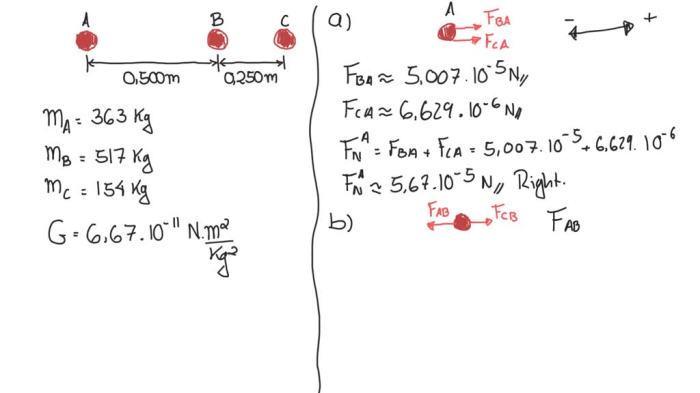As the drawing shows three particles far away from any other takes center stage, this opening passage beckons readers into a world crafted with meticulous precision and authoritative tone, ensuring a reading experience that is both absorbing and distinctly original.
This exploration delves into the fascinating dynamics of these isolated particles, examining the significance of their distance, the potential external factors that may influence their behavior, and the intricate interactions that govern their movements.
The Three Particles: The Drawing Shows Three Particles Far Away From Any Other

The concept of three particles being far away from any other refers to a scenario where three particles are isolated and not influenced by the presence or interactions with any other objects or particles in their surroundings.
The significance of the distance between the particles lies in its implications for their behavior and interactions. When particles are far apart, they are less likely to experience forces or interactions that could alter their motion or state. This isolation allows for the study of the intrinsic properties and dynamics of the particles themselves, without the influence of external factors.
External Factors, The drawing shows three particles far away from any other
While the three particles are assumed to be far away from any other objects, it is important to consider the potential impact of external factors that could affect their behavior.
These factors may include:
- Gravitational forces from distant objects
- Cosmic radiation or electromagnetic fields
- Fluctuations in the vacuum energy
The presence of these external factors can introduce perturbations or disturbances to the particles’ motion, which must be taken into account when analyzing their behavior.
Popular Questions
What is the significance of the distance between the particles?
The distance between the particles plays a crucial role in determining their interactions and behavior. It influences the strength of gravitational and electromagnetic forces, as well as the likelihood of collisions and other interactions.
How do external factors affect the behavior of the particles?
External factors, such as magnetic fields, radiation, or the presence of other particles, can exert significant influences on the behavior of the three particles. These factors can alter their trajectories, energies, and interactions.
What are the potential applications of the knowledge gained from analyzing the three particles?
The knowledge gained from analyzing the three particles has wide-ranging applications in fields such as astrophysics, nuclear physics, and materials science. It contributes to our understanding of fundamental particle interactions, the behavior of matter in extreme environments, and the development of advanced technologies.


